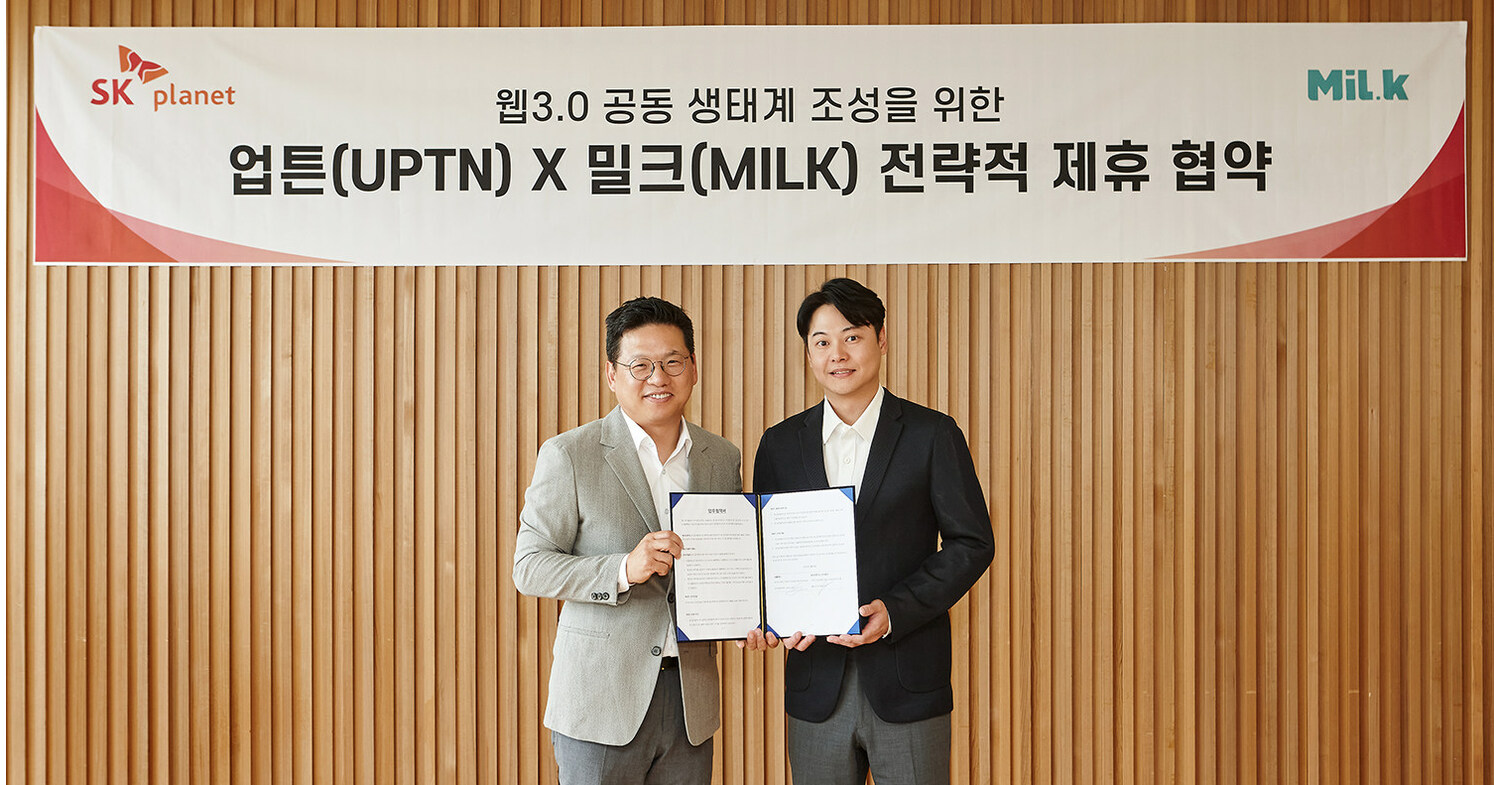Upcoming upgrades that will shape the Ethereum ecosystem

If you’re feeling overwhelmed by all the upgrades and launches happening in the Ethereum ecosystem, we’ve got you covered with important dates to keep in mind.
The Shanghai upgrade, more accurately known as “Shapella”, will enable the release of staked ether (ETH) withdrawals. Ever since Ethereum switched to a proof-of-stake (PoS) consensus mechanism, the network started using validators that stake 32 ETH to approve and add blocks to the blockchain.
Before validators joined the PoS blockchain, they agreed that their staked ETH and any accrued rewards would remain locked to Shanghai. Some validators have had their ETH unlocked since as early as December 2020, when the PoS “Beacon Chain” went live. But finally, the time to unlock these rewards is coming.
Ethereum developers haven’t put in an official date, but those working on the blockchain have said they’re targeting March for the big upgrade.
Given that the calendar has already turned to March, there is a high probability that Shanghai could be delayed until April. Ethereum developers ran a new Shanghai test earlier this week on the Sepolia testnet, but they have not yet decided when the final test will take place.
If developers continue to run tests every three weeks, as they have with Sepolia and Zhejiang, Goerli will likely take place around March 20, which could push the mainnet Shanghai upgrade into early April. (Ethereum is notorious for running a bit behind schedule, although last year’s merger won plaudits for its largely smooth execution.)
Optimism, an Ethereum layer 2 scaling system, will undergo a major upgrade in March that aims to reduce transaction fees, speed up transactions, and improve smoother compatibility with the Ethereum Virtual Machine (EVM).
The Layer 2 protocol aims to lower the cost of Ethereum transactions while maintaining the security of the Ethereum blockchain. It does this by offering an “Optimistic Digest”, a type of scaling system that aggregates a bunch of transactions and sends them back to the Ethereum blockchain as a single transaction. The cost of the one transaction is then shared between many users.
The upgrade, known as “Bedrock”, will be a major upgrade of the network. Some have said the upgrade will help Optimism compete with its main competitor Arbitrum.
Optimism first tweeted in early February that it was reviewing the specifications for the bedrock upgrade, scheduled for March 15. But a few weeks later, the Optimism Foundation announced that it would postpone the vote on the upgrade until March 2–5. April due to some errors found in the code changes.
The upgrade itself will not affect end users, but it will take approximately four hours for Optimism to upgrade to Bedrock, according to a post on its management website. Given that Optimism was supposed to be upgraded two weeks after the first voting cycle, the new timeline seems to indicate that Bedrock will go live in mid-April.
Another scaling project for Ethereum, Polygon, is coming out with its own rollup system in March.
ZK rollups use complex cryptography that creates “proof” showing that a transaction is valid with only minimal information about that transaction. zkEVM deploys the Ethereum Virtual Machine (EVM) for its ZK rollup, allowing developers to migrate their Ethereum smart contracts seamlessly.
So who will release their full ZK rollup first? Based on the increased level of activity in this arena, the answer may come sooner rather than later.























